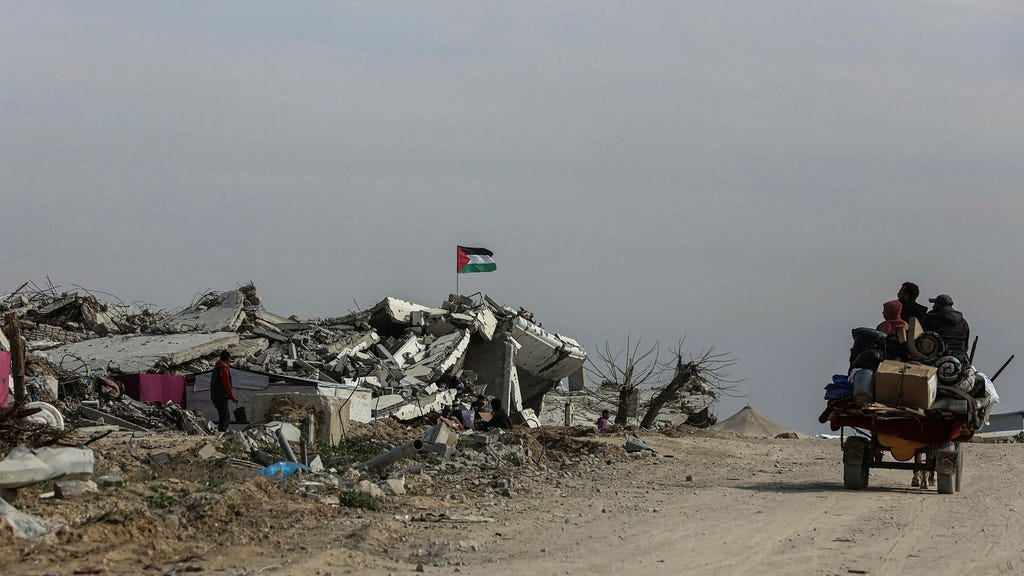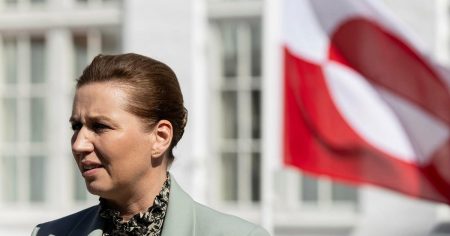The fragile ceasefire between Israel and Hamas, established two weeks prior, teeters precariously on the brink of collapse following an Israeli airstrike on a vehicle near the Nuseirat refugee camp in central Gaza. This attack, which injured at least four individuals, including a young boy, serves as a stark reminder of the deep-seated tensions and mutual distrust that continue to plague the region. The Israeli military justified the strike by claiming the targeted vehicle was behaving suspiciously, traveling towards northern Gaza via a prohibited route, thereby violating the ceasefire agreement. This incident underscores the inherent challenges in maintaining a truce in a climate of profound animosity and suspicion, where even seemingly minor transgressions can quickly escalate into violence.
Israel’s assertion that the vehicle posed a threat underscores the precarious security situation faced by its soldiers stationed along the Gaza border. The military maintains it is prepared for any eventuality and will continue to take necessary measures to counter perceived threats, a stance that reflects the heightened state of alert maintained by Israeli forces. This proactive approach, however, carries the risk of miscalculation and escalation, particularly given the volatile environment and the history of conflict between the two sides. The incident also highlights the difficulty in differentiating between legitimate security concerns and potential overreactions in a highly charged atmosphere.
The latest airstrike adds another layer of complexity to the already strained relationship between Israel and Hamas. Since the ceasefire came into effect, several incidents involving Israeli forces and Palestinian individuals in Gaza have been reported, leading to accusations of breaches of the agreement by both sides. Israel claims those targeted were armed and posed a threat to their soldiers, while Hamas contests these claims, arguing that the incidents represent violations of the ceasefire. This discordant narrative underscores the deep mistrust between the two sides and the difficulty in establishing a shared understanding of the facts on the ground.
The ceasefire agreement, a crucial step toward de-escalation, encompasses a prisoner exchange. The first phase involves the release of 33 hostages held by Hamas since the October 7th attack, in exchange for the release of hundreds of Palestinian prisoners held in Israeli jails. However, the implementation of this agreement has also faced obstacles, with both sides accusing each other of hindering progress. Hamas alleges that Israel is deliberately delaying the delivery of humanitarian aid, including essential medical supplies, fuel, and reconstruction materials to Gaza, a key element of the ceasefire agreement. This accusation further exacerbates tensions and undermines the already fragile trust between the parties.
Looking ahead, the future of the ceasefire remains uncertain. Further negotiations are scheduled for next week to discuss the second phase of the prisoner exchange, a process that will likely prove contentious given the existing disagreements. Furthermore, a high-level Hamas delegation is slated to meet with Russian officials in Moscow to discuss the situation, highlighting the international dimensions of the conflict and the efforts to mediate a lasting peace. The success of these diplomatic initiatives remains to be seen, as the underlying issues fuelling the conflict remain unresolved.
The incident near the Nuseirat refugee camp serves as a microcosm of the broader challenges facing the Israel-Palestine conflict. The fragility of the ceasefire, the deep-seated mistrust, and the contrasting narratives underscore the difficulty in achieving a sustainable peace. The coming days and weeks will be crucial in determining whether the current ceasefire can hold, or whether the region will spiral back into a cycle of violence. The international community plays a vital role in mediating between the two sides and fostering an environment conducive to dialogue and de-escalation. The long-term solution lies in addressing the underlying causes of the conflict and finding a path towards a just and lasting peace that respects the rights and aspirations of both Israelis and Palestinians.














